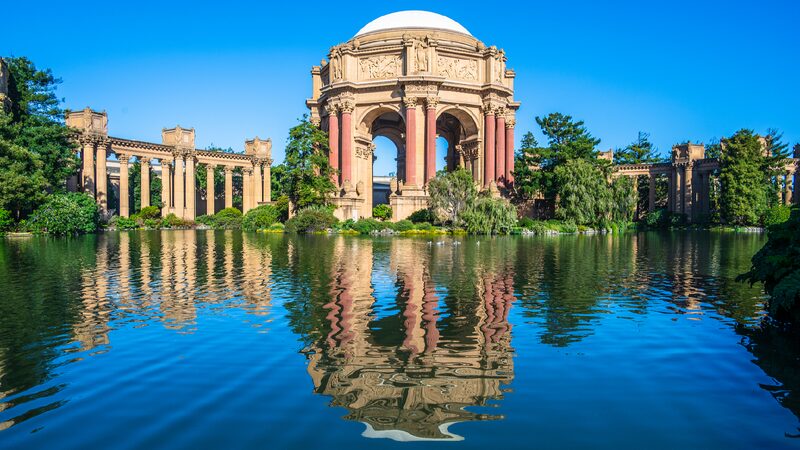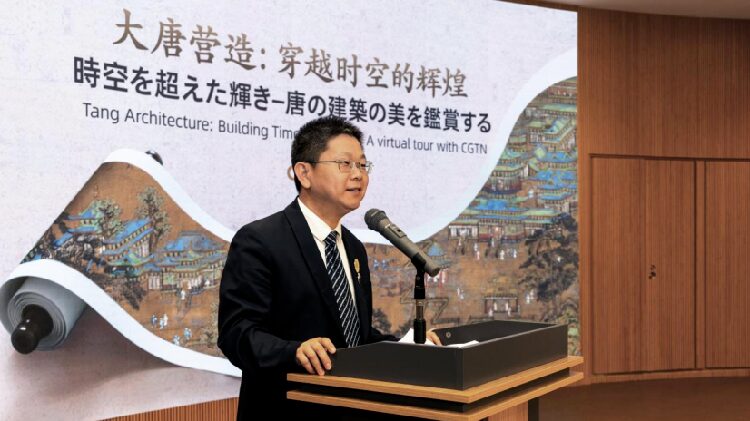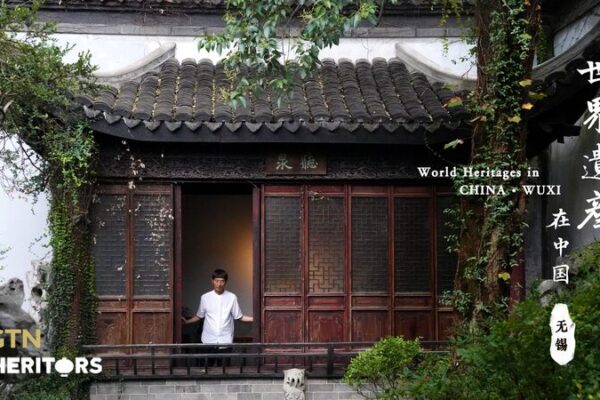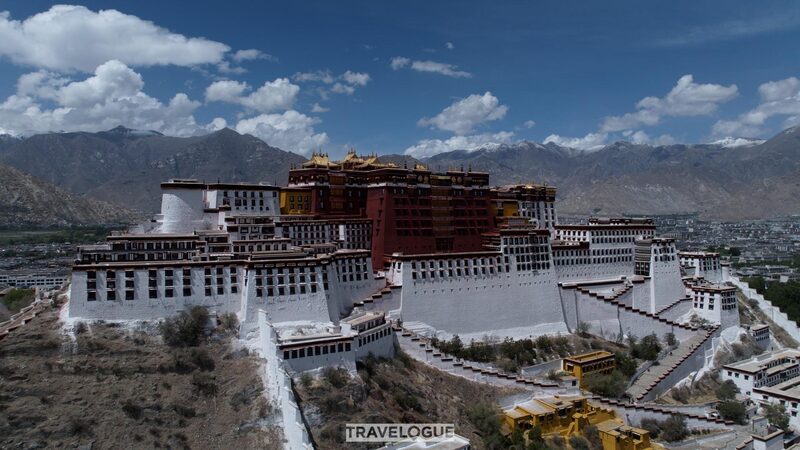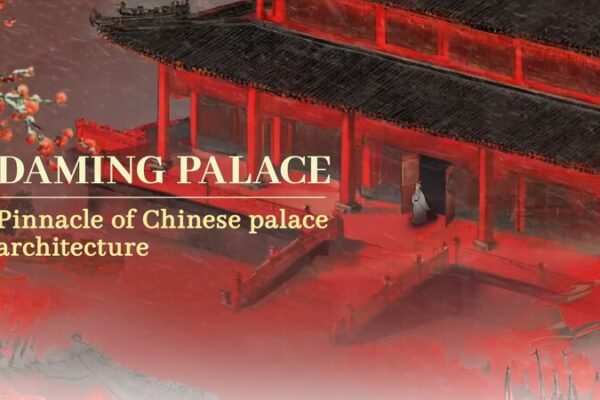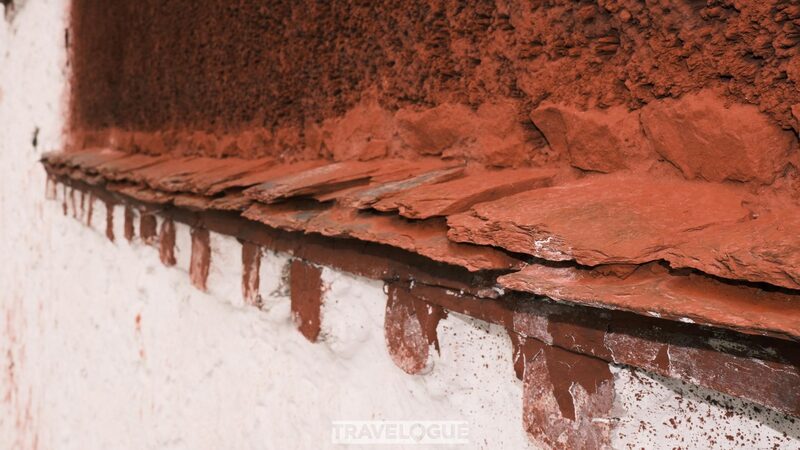An Enduring Legacy: The Palace of Fine Arts in San Francisco
Standing gracefully amidst the urban landscape of San Francisco, the Palace of Fine Arts is a timeless testament to architectural grandeur and historical significance. Originally constructed as the centerpiece of the 1915 Panama-Pacific International Exposition, this magnificent structure has captivated generations with its Greco-Roman elegance.
The 1915 World’s Fair was a pivotal event for San Francisco, showcasing resilience and revival after the devastating 1906 earthquake. The Palace of Fine Arts, designed by architect Bernard Maybeck, was intended to be a temporary structure, embodying the classical beauty of ancient civilizations. Its towering rotunda and colonnades became an instant favorite among fairgoers, enchanting visitors with its reflection on the tranquil lagoon.
Despite plans for demolition after the fair, public outcry preserved the palace. Recognizing its cultural and aesthetic value, the city undertook reconstruction efforts in the 1960s, replacing the original temporary materials with more durable ones. This careful restoration ensured that the palace would continue to be a cherished landmark for future generations.
Today, the Palace of Fine Arts remains a vibrant part of San Francisco’s cultural scene. Hosting an array of events, from art exhibitions to community gatherings, it serves as a bridge between the city’s rich history and its contemporary vibrancy. Its iconic presence has also made it a popular backdrop for films, photographs, and weddings, further cementing its status as an architectural treasure.
As global events like the upcoming World Expo in Osaka, Japan, reignite interest in international exhibitions and their lasting impacts, the legacy of structures like the Palace of Fine Arts highlights the enduring connection between world fairs and cultural heritage. Such landmarks remind us of the power of architecture to transcend time, inspiring awe and reflection in visitors from around the world.
Reference(s):
cgtn.com
